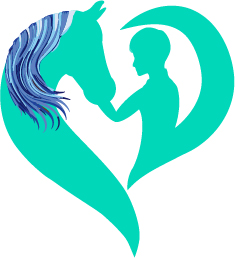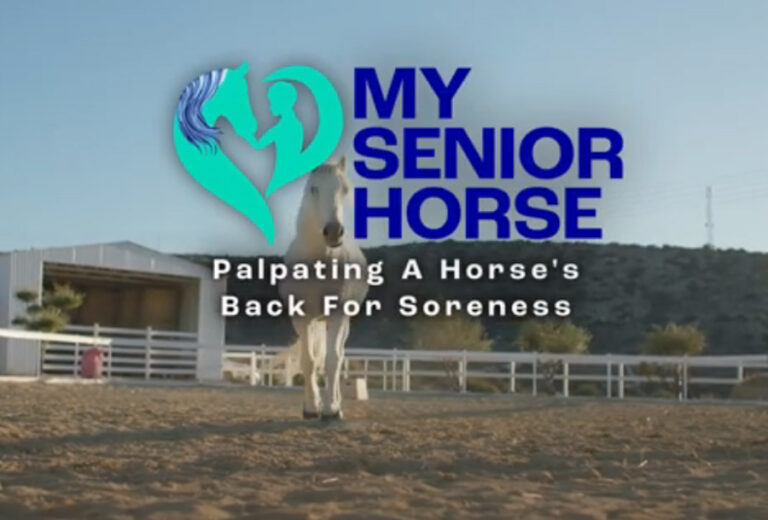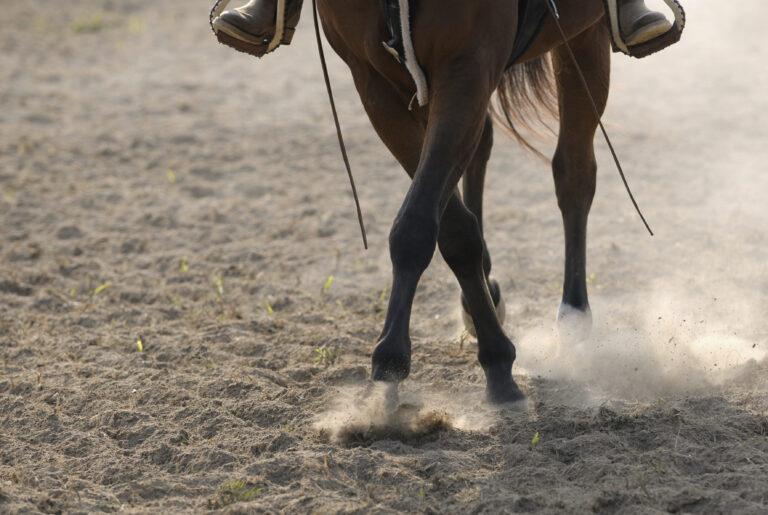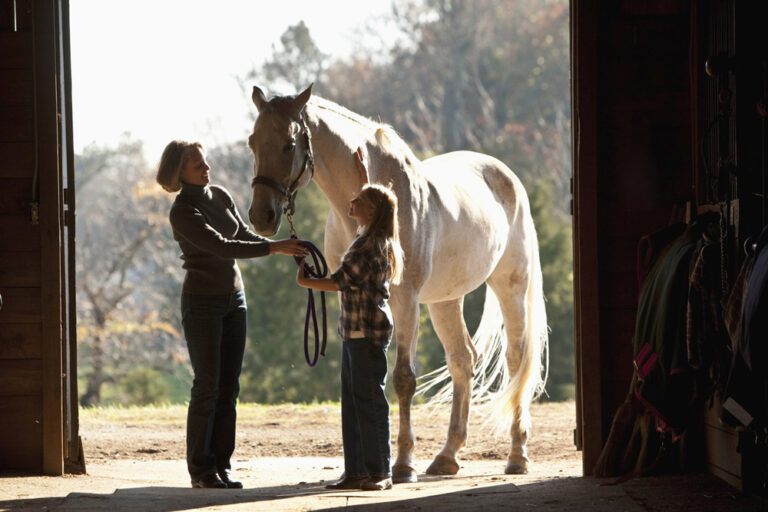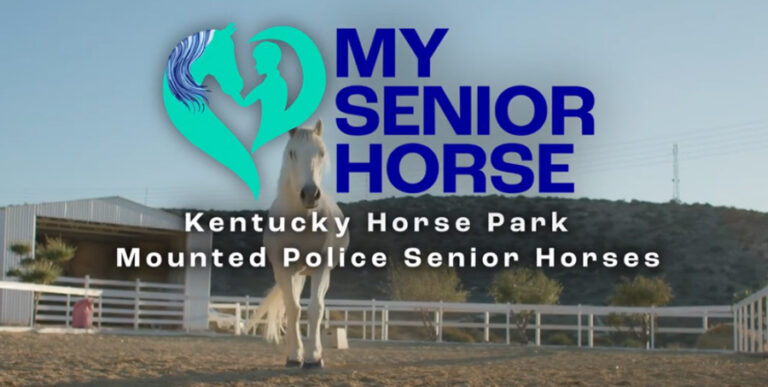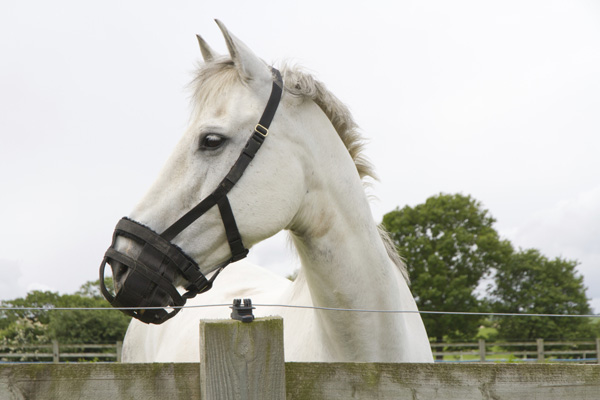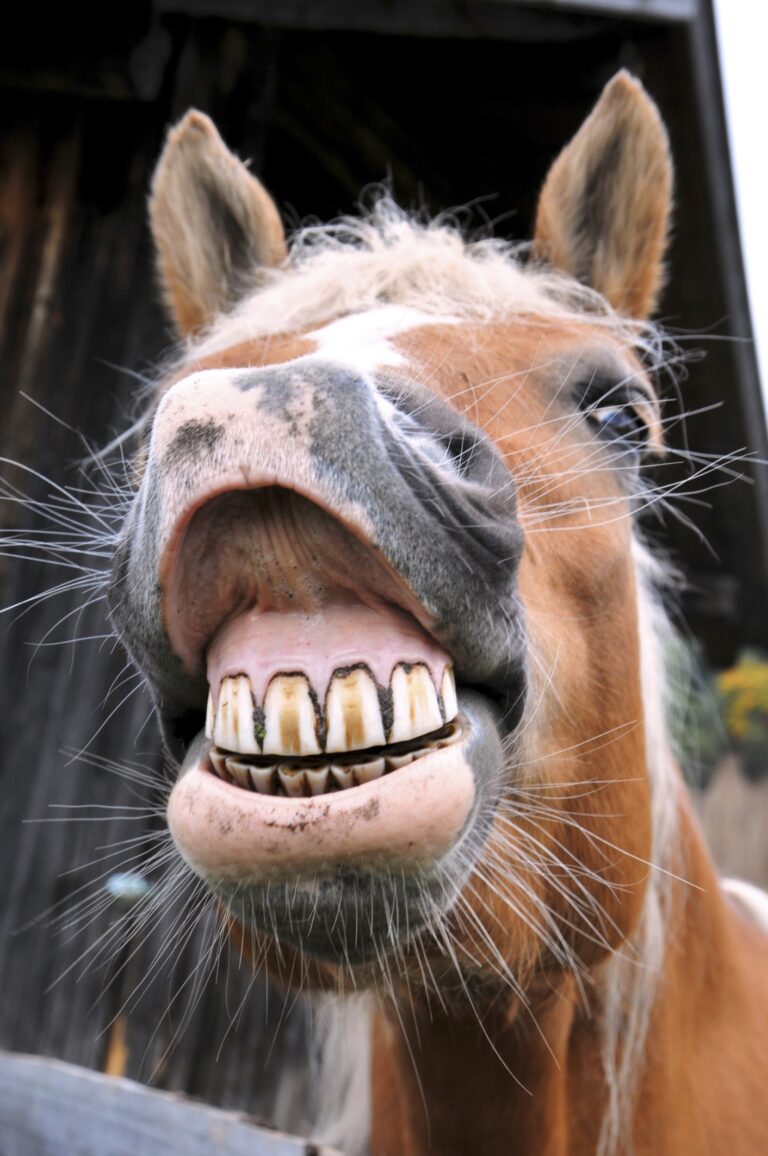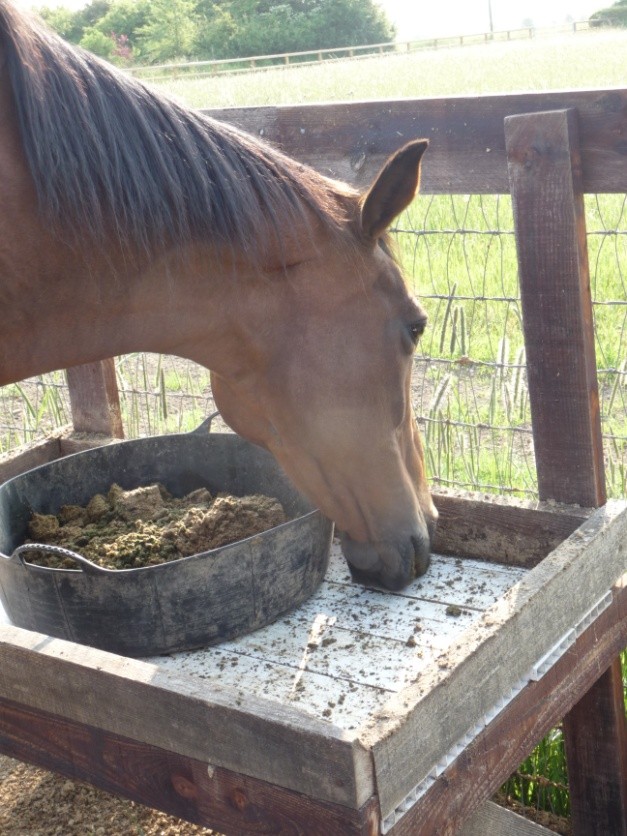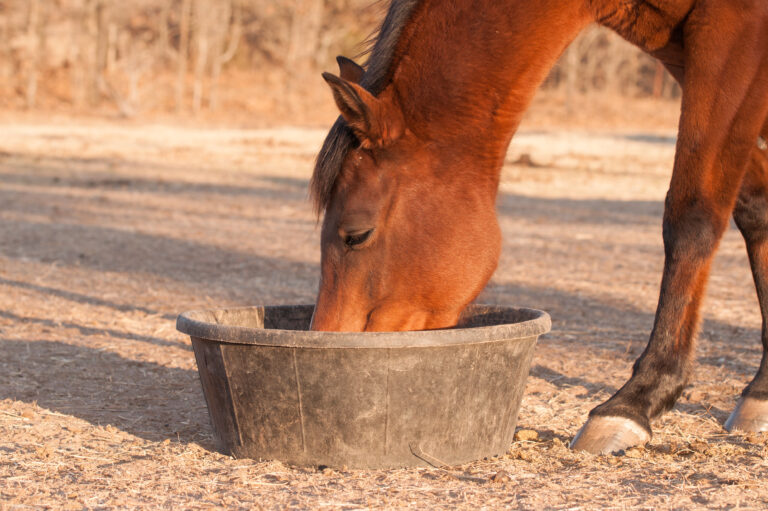“There are a lot of potential causes of laminitis,” said Edward Knowles, MA, VetMB, MVetMed, PhD, to start this podcast. Knowles is an equine internal medicine specialist with an interest in metabolic diseases of the horse.
Knowles said the most common cause of laminitis is high levels of insulin. Insulin is important for controlling blood sugar levels, he explained. “There is a group of horses that produce very high levels of insulin, and that seems to cause laminitis,” he added.
“Our problem as owners and vets is trying to spot those horses before they get laminitis,” he continued.
“And I think that’s what tonight is all about, is trying to think about how we identify those cases.”
Laminitis Susceptibility
Knowles said there are some breeds of equids that are more susceptible to laminitis. “We tend to see this in our [British] ponies and Andalusians—those kind of breeds that we think of as easy keepers or good doers,” he described. “Those horses that typically tend to live on fresh air. They’re often overweight, but not always.
He said that many of these horses do not look overweight. That means a blood draw is needed to measure insulin.
Knowns also advised that in most mammals, as they age, control of insulin gets worse. “It’s something that happens to us all at some point and it’s it can creep up on us and can creep up on our horses.
Knowles said your farrier also might see subtle changes in your horse’s feet before it has a “full-blown episode of laminitis.”
Insulin Dysregulation and Laminitis
“We still don’t actually know what the exact link is between insulin and laminitis,” said Knowles. “We know that if we look at horses with high levels of insulin, they’re more likely to get laminitis, but we don’t know what the exact trigger is.”
What is meant by insulin dysregulation in a horse? “I guess really we mean that these horses have much higher levels of insulin than we would expect them to, in particular for the level of glucose or level of sugar that’s in their blood,” said Knowles.
He also reminded owners that PPID (pituitary pars intermedia dysfunction or Cushing’s disease) seems to be associated with high levels of insulin.
While diet is important in metabolic or insulin dysregulated horses, the underlying genetic makeup of the horse is “a very strong driver,” he noted.” I think a lot of these things come down to, you know, good nutrition, maintaining good body condition and keeping fit to the extent that we can.”
Final Words
Knowles said, “I think the take home message is to remember that there’s still a lot of unanswered questions here. This is a field that’s moving pretty fast. We’ve got a great collection of researchers around the world who are working together. And we’re all doing our best to find the answers to these questions. I think it’s something that’s worth keep tuning into because things will advance. And the advice that we’re giving in two years or five years will probably be a little bit different from what we’re saying now.
“I think if we were to remember a few things, I think it’s really maintaining good nutrition, testing for insulin, \ just being being alert to those subtle changes,” Knowles summarized.
He said he thinks a lot of older horses get low grade laminitis before they have a full-blown laminitis attack.
“So together with your farrier, just be alert to when those subtle changes might be starting,” he advised. “You may see some little changes to the shape of the hoof and things like that. If in doubt, ask your farrier or ask your vet.”
About Our Guest
Besides his veterinary degree, Ed Knowles has a Masters and a PhD. He also is a Royal College of Veterinary Surgeons-recognized specialist in Equine Internal Medicine. His PhD research delved into insulin dysregulation as a risk factor for laminitis. Based in London, England, Knowles has two part-time roles—as a postdoctoral researcher in Comparative Neuromuscular Disease at the Royal Veterinary College and as a specialist in Equine Internal Medicine at Bell Equine Veterinary Clinic.
Further Reading
- PPID and Insulin Dysregulation in Warmblood Breeds. Kimberly S. Brown. MySeniorHorse.com
- Horse Breeds, PPID, and Insulin Dysregulation. Kimberly S. Brown. MySeniorHorse.com
- What is PPID and Why Should I Care? Dr. Hal Schott. MySeniorHorse.com
- Developing a Feeding Plan for Your PPID Horse or Pony. Dr. Pat Harris. MySeniorHorse.com
- Possible New Insulin Dysregulation Treatments. Kimberly S. Brown. MySeniorHorse.com
- Owner Understanding of PPID in Horses. Kimberly S. Brown. MySeniorHorse.com
- What is Cushing’s Disease in Horses?
- Diagnosing Cushing’s Disease in Horses, Donkeys, and Mules
- Owner Understanding of Cushing’s Disease in Horses
- My Senior Horse Podcast: PPID Part 1. Dr. Hal Schott. MySeniorHorse.com
- My Senior Horse Podcast: PPID Part 2. Dr. Hal Schott. MySeniorHorse.com
- My Senior Horse Podcast: PPID Part 3. Dr. Hal Schott. MySeniorHorse.com
- My Senior Horse Podcast: Tips from 2024. Kimberly S. Brown. MySeniorHorse.com
- Nancy Link and MSU Announce Equine Laminitis Collaboration. MySeniorHorse.com
-
Editors of My Senior Horse are journalism professionals, most of whom are lifelong horse owners.View all posts


